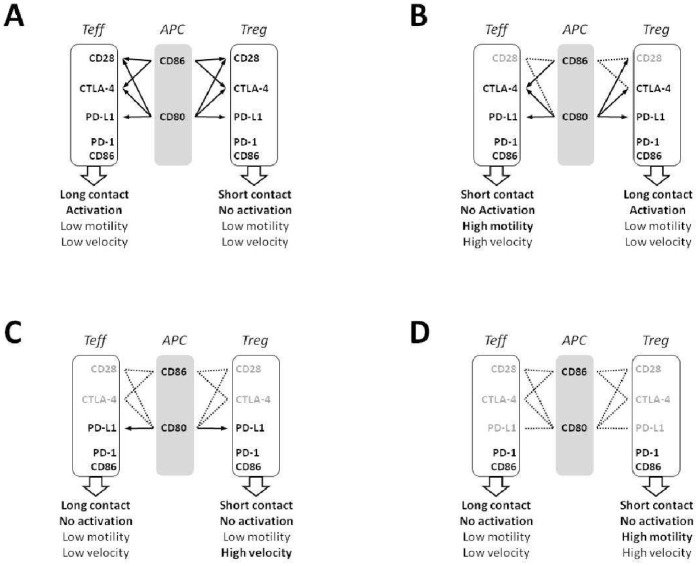Figure 7. Proposed model for the role of CD28, CTLA-4 and PD-L1 in human Teff and Treg-APCs interactions.
In control conditions, CD80/86 expressed by APCs interact with CD28, CTLA-4 and PD-L1 on Teff and Treg leading to long contacts and activation of Teff and to short contacts and absence of activation of Treg (A). In the presence of a selective CD28 antagonist, CD80/86 interact with CTLA-4 and PD-L1, leading to enhanced motility, reduced contacts and absence of activation in Teff, and to enhanced contacts and activation in Treg. Interestingly Treg motility is not affected, showing absence of modulation by CTLA-4 of the TCR-Stop signal in human Treg (B). If CD28 and CTLA-4 are simultaneously blocked, CD80 interacts with PD-L1. In these conditions Teff make long contacts with APCs but do not activate. Treg make short contacts and do not activate either, like in control conditions, and show enhanced velocity but not motility (C). If CD28, CTLA-4 and PD-L1 are simultaneously blocked, the only additional difference is that motility is increased in Treg, which shows that PD-L1 controls motility of human Treg (D). PD-1 and CD86 are also expressed by T cells and this adds a layer of complexity if T-T interactions had to be also addressed in addition to T-APCs interactions.

